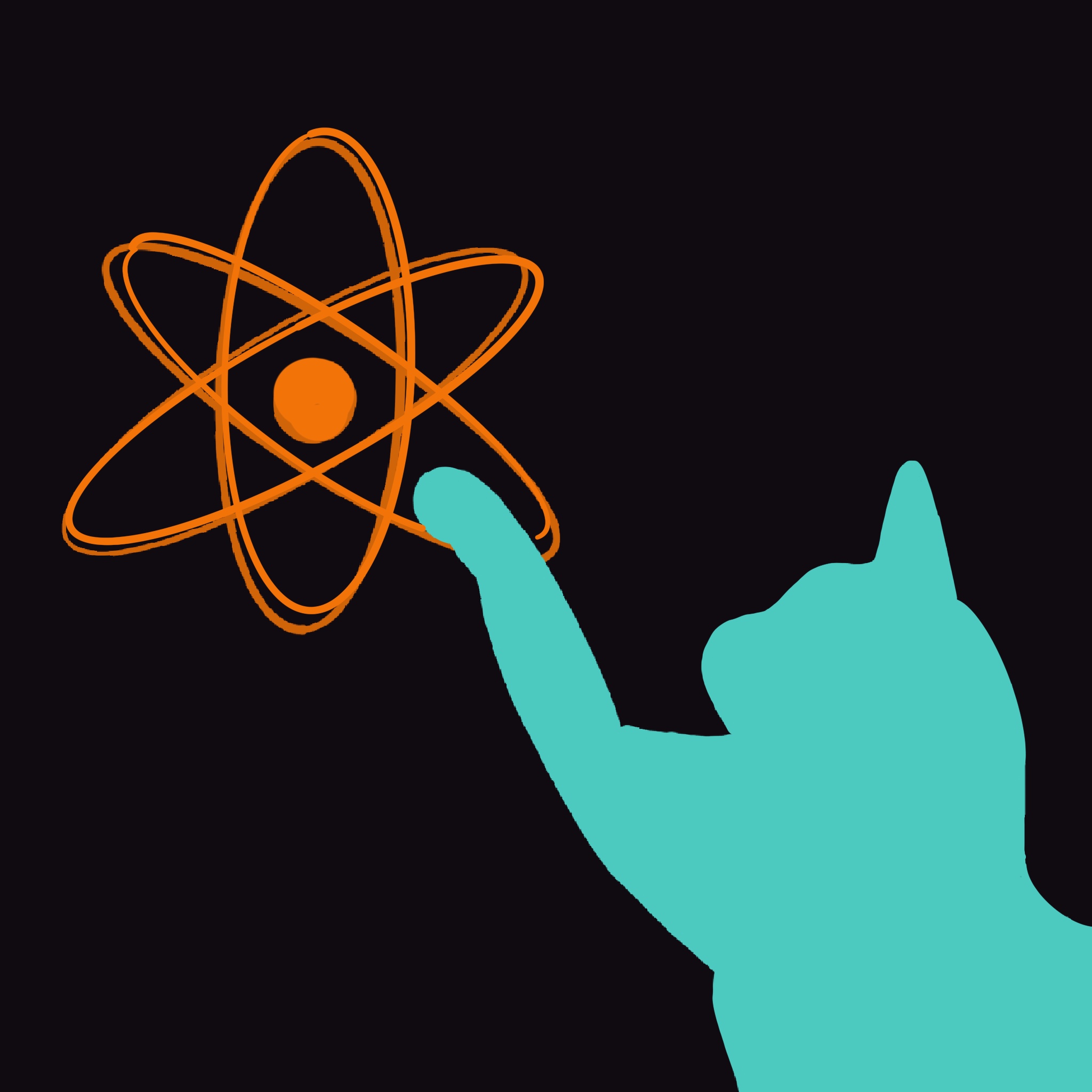Opium refers to the crude extract obtained from poppy plants. Opium itself is fairly easy to obtain directly from poppies but its effects on the body are rather mild in contrast to other modified forms of opium. Opium has been modified into several, more potent drugs known as opiates; most notably, these are morphine, codeine, and heroin.
Morphine was the first developed opiate; it is named after Morpheus (the Greek god of dreams) for it’s ability to put the user to sleep or even in a coma.
Codeine is the second most abundant alkaloid found in opium. To work in the body, enzymes must first convert codeine into morphine- codeine therefore is slower-acting and much less addictive.
Heroin (also known as diamorphine) is a modified form of morphine with two acetyl groups. The acetyl groups increase the compound’s solubility in fats meaning it can pass through the blood-brain barrier very easily, allowing it to interact directly with the opioid receptors in the brain- making it far more potent and addictive.
The greatest medical benefit of opiates is that they provide pain-relief. However, there is a darker side to the relaxed state such drugs can put you in; in the case of an overdose, the sedation deepens rapidly into a coma and the respiration rate drops substantially since opiates reduce the sensitivity of the respirator centre. Eventually, the respiratory failure leads to death.



